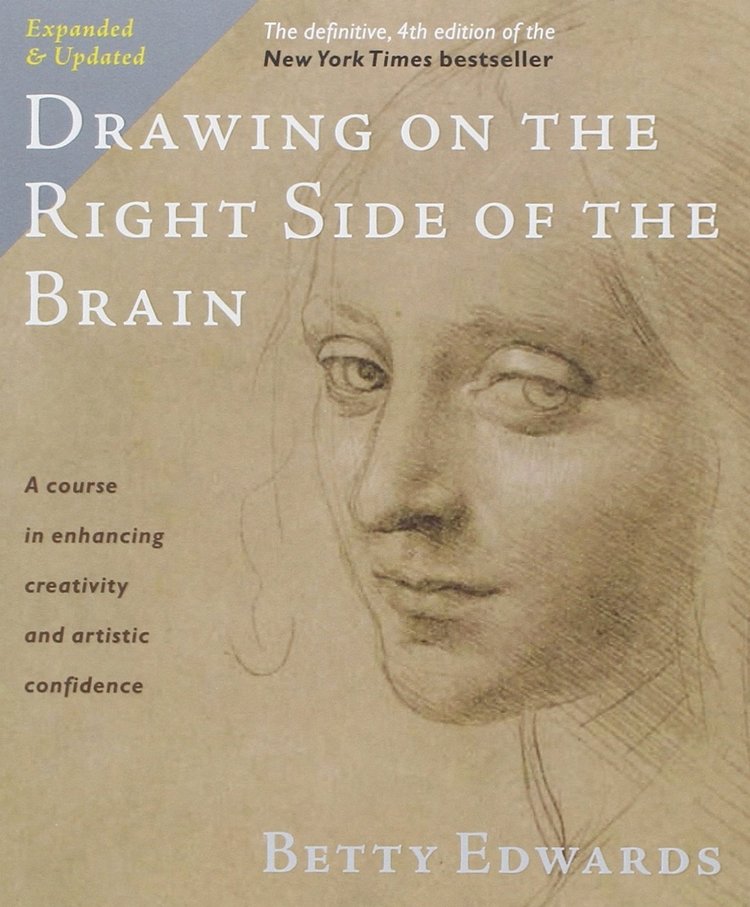A recent article in the New York Times discussed something that Betty has been telling students for decades: “In an age of instant everything, drawing invites us to slow down and appreciate the world around us.” Many thanks to the author, Melissa Kirsch, who wrote this in her article “How to Slow Down”:
“Several years ago, on a lark, I signed up for a figure-drawing class. I hadn’t had art instruction of any sort since grade school, when I’d demonstrated scant talent in my preferred medium, construction paper and Elmer’s glue. My adventure in continuing education was similarly undistinguished. But if I didn’t leave the course with a portfolio of beautifully realized portraits, I did learn that drawing isn’t an activity reserved for artists who do it well. It can be a way of observing and making sense of the world.
Field sketchers know this well. Pairing illustrations with written comments, art with science, field sketching is used by researchers and artists to document nature, “from waterways to winged creatures, mosses to mountaintops,” Jenna Schnuer writes in The Times. In an age when we’re never more than a swipe away from a powerful camera, field sketching seems radically homespun. The practice “forces you to slow down, to take things in, to simply look.”
This can be difficult. On vacation, rushing from sight to sight, pausing and just looking without taking a picture can feel almost unnatural. Never mind sketching — who has time for sketching when our dinner reservation is at 6:15 sharp?
Walking recently at sunset on the Brooklyn Heights Promenade, Manhattan incandescent against an orange sky, I watched a line of tourists taking the same photo. I challenged myself to observe without documenting, to have an experience and let my memory be the only evidence that I was there. I argued with myself: “The memory will fade, I should capture the scene!” I bargained: “I’ll capture the tourists and the sunset, a comment on how everyone else is taking pictures while I’m standing apart from them!” I tried to stand still and just notice.
Memories fade, it’s true. Is that so bad? Do we need a photo for the experience to matter?
In her book “How to Do Nothing: Resisting the Attention Economy,” the artist Jenny Odell writes, “To do nothing is to hold yourself still so that you can perceive what is actually there.” That’s the promise of field sketching. It’s the promise of mindfulness and tech-free Saturdays and morning pages. It’s taking things in without putting something out (at least not out to your fans and followers).
The writer Nicholas Cannariato described the benefits of watchful stillness in a piece on bird-watching I return to frequently. “In looking at common birds in my neighborhood, there’s a refreshing variety in their sameness, a consistent challenge to discern what seems too normal to even notice after so many times noticing,” he wrote. Bird-watching, he concludes, is about “taking in the most in the shortest span of time.” It’s good advice for living, isn’t it? Slow down. Observe. Try to take in as much as we can in the time that we have.”
Pick up a pencil and a sketchbook, and give it a try!
For more
Practicing mindfulness as the season changes.
Spend some time with other people’s sketchbooks.
A review of “How to Do Nothing.”
Identify birds by their feathers.

